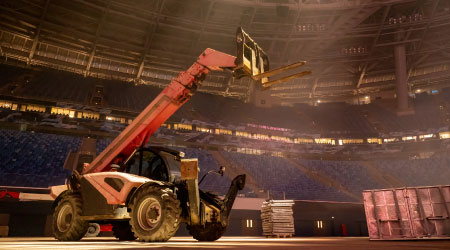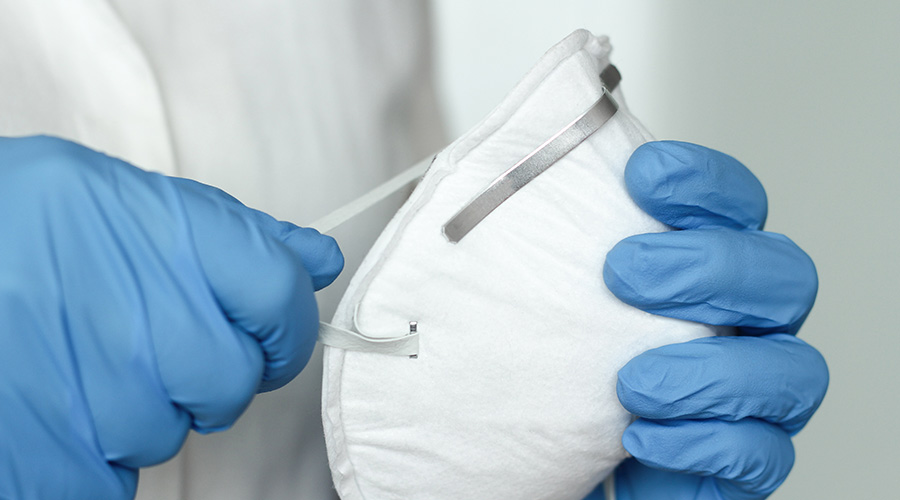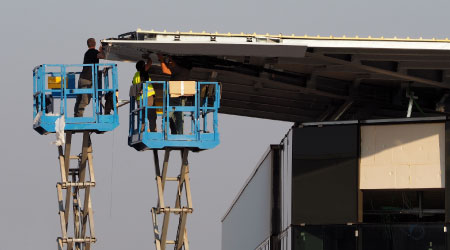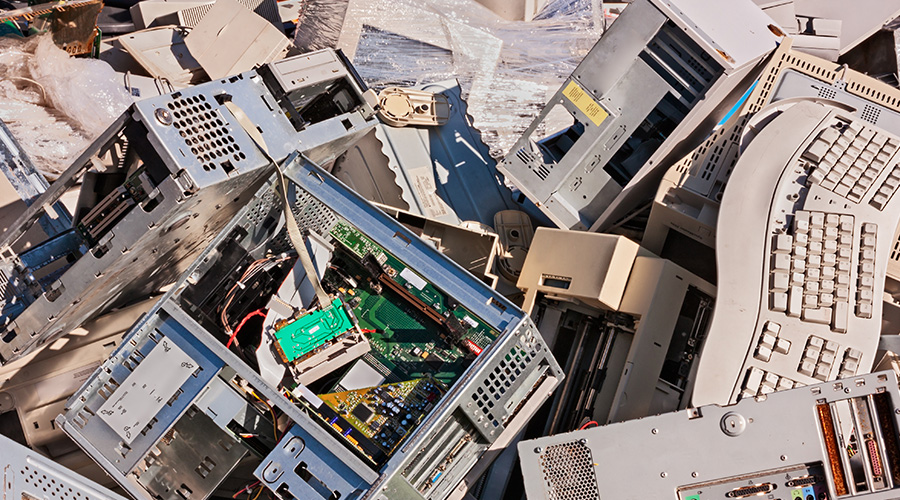Training for Personal Protective Equipment
OSHA requires employers to provide training to each employee who must use PPE. The training must cover: situations in which PPE is necessary; required PPE products; properly putting on, taking off, adjusting, and wearing PPE; limitations of PPE; and the proper care, maintenance, useful life, and disposal of PPE.
Training usually requires a hands-on demonstration so each employee can demonstrate the ability to use PPE properly before he or she can perform work requiring the equipment. When changes in the workplace render previous training obsolete, retraining is necessary. Technicians also must go through retraining when the type of PPE changes or if employees demonstrate they have not retained an understanding or skill for proper PPE use. Managers must maintain records with the name of each employee trained, dates of training, and the type of PPE covered.
Some PPE training, such as on the use of hard hats and safety glasses, can take place in-house. OSHA training institutes and other providers also offer several train-the-trainer courses that provide the information necessary for in-house staff to oversee PPE programs and provide the required training. Other PPE training might require the use of outside expertise.
Managers generally can find training information and support in their efforts from PPE manufacturers and suppliers, including video-based training, online training, and field staff. Insurance carriers, as well as loss-control and risk-management companies, also can provide training resources for managers. These organizations also can help managers identify workplace hazards.
Jeffery C. Camplin, MS, CSP, CPEA is president of Camplin Environmental Services Inc., a safety and environmental consulting firm in Rosemont, Ill.
Lifts: Regulations and Standards
The Occupational Safety and Health Administration (OSHA) regulates aerial lifts as scaffolds under 29CFR 1910.67. Due to the vast number and variations of lift models on the market, OSHA regulations reference adherence to consensus standards and the manufacturer's operating manual for compliance.
The American National Standards Institute (ANSI) standard A92.3, 2006 edition, Manually Propelled Elevating Aerial Platforms, applies to manually propelled work platforms, which are vertically adjustable by manual or powered means and can be towed or manually moved horizontally on wheels or casters that are an integral part of the work-platform base.
ANSI standard A92.6, 1999 edition, Self-Propelled Elevating Work Platforms, applies to self-propelled, vertically adjustable, integral chassis platforms. Such work platforms are power-operated with primary controls for all movement operated from the platform.
— Jeffery C. Camplin
|
Related Topics:














